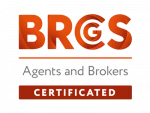Gluten-Free Dessert Strategies & Recipes

Recent Posts
Categories
Gluten-free desserts are no longer niche.
This is an important category that's been gaining traction for years. But removing gluten isn’t just about swapping flours. It alters structure, hydration, aeration, and mouthfeel.
This guide blends science and application: practical formulation principles alongside real-world gluten free dessert ideas. Each section gives you one proven strategy and one format worth testing, so you can develop gluten-free dessert recipes that taste great, hold together, and meet commercial demands.
UK Gluten-Free Dessert Market: Size, Growth, and Trends
The gluten-free dessert market in the UK is growing fast, and maturing quickly. What was once a niche category has moved firmly into the mainstream, with improved products, wider distribution, and increasing consumer trust.
- The gluten-free food category is growing at a CAGR of 7.8% to 12.2%, with projected value hitting $477 million by 2032.
- Bakery products, including cakes, puddings, and brownies account for over 30% of the market and are the fastest-growing segment.
- Mintel research showed 26% of UK consumers now buy gluten-free, and per-customer spend has risen sharply.
Shoppers aren’t just looking for "free from" labels anymore. They're looking for clean-label, functional, and plant-based options that feel indulgent but fit the evolving gluten free diet. This has pushed the industry to improve the sensory quality of gluten-free desserts through smarter use of starches, fats, and emerging ingredient systems.
Even though there are barriers primarily with cost, complexity and flavour replication , the direction is clear: gluten-free desserts are no longer a compromise. They’re a competitive category in their own right. The following ten strategies combine technical insight with commercial practicality to help you rebuild structure, texture, and indulgence from the ground up.
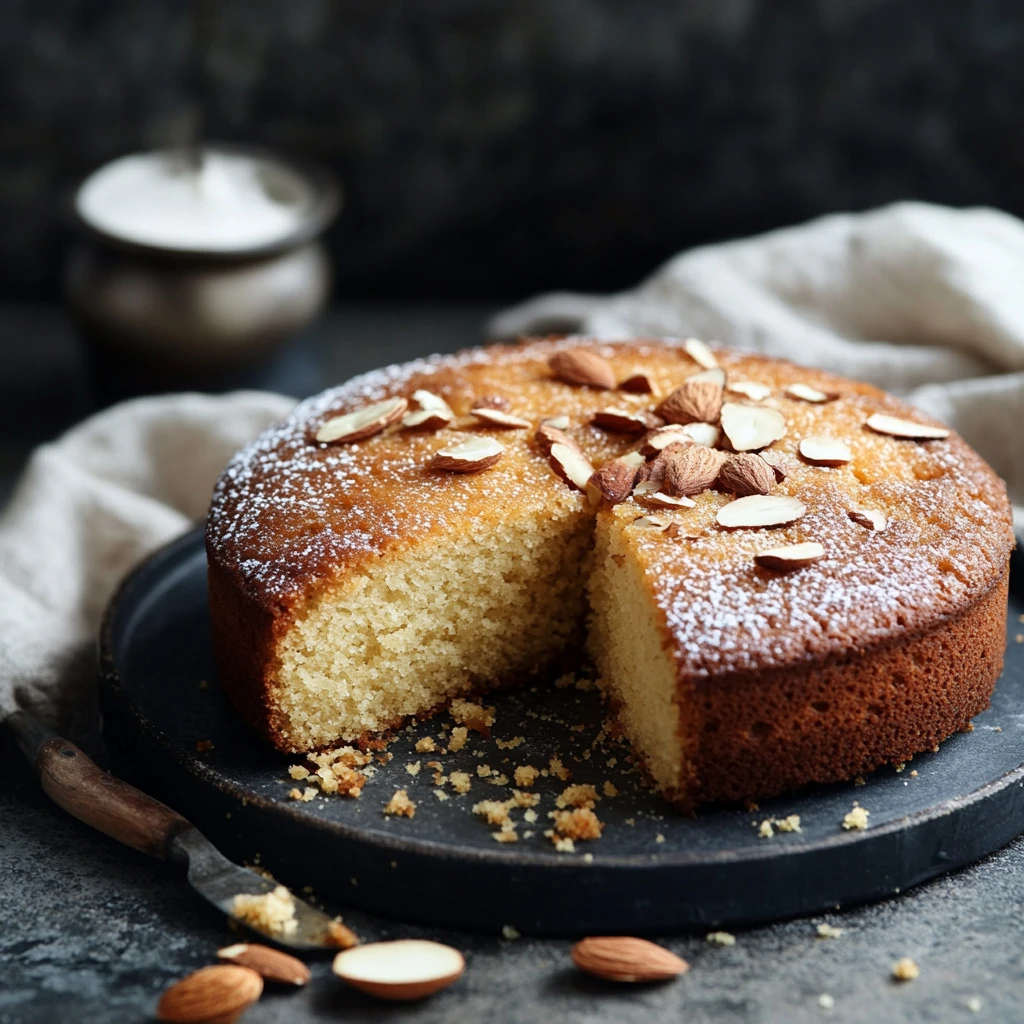
1. Reinforce Structure Without Gluten
Gluten’s network traps gas and stabilises crumb. To replicate this, food scientists often turn to hydrocolloids like xanthan gum and HPMC ((Hydroxypropyl Methylcellulose). These binders support volume and texture without the brittleness common in early gluten-free recipes.
Try this: Almond cake made with xanthan gum delivers a moist, even crumb, ideal for slicing and packaging.
2. Manage Moisture with Precision
Coconut, rice, and almond flours tend to absorb more water than wheat flour. Managing hydration means balancing starch gelatinisation and fat content. Flour selection and starch blends affect both initial texture and staling rate, so formulation must be tailored to each dessert type.
Try this: Rice pudding made with coconut milk, short-grain rice, and maple syrup creates a creamy format for chilled service.
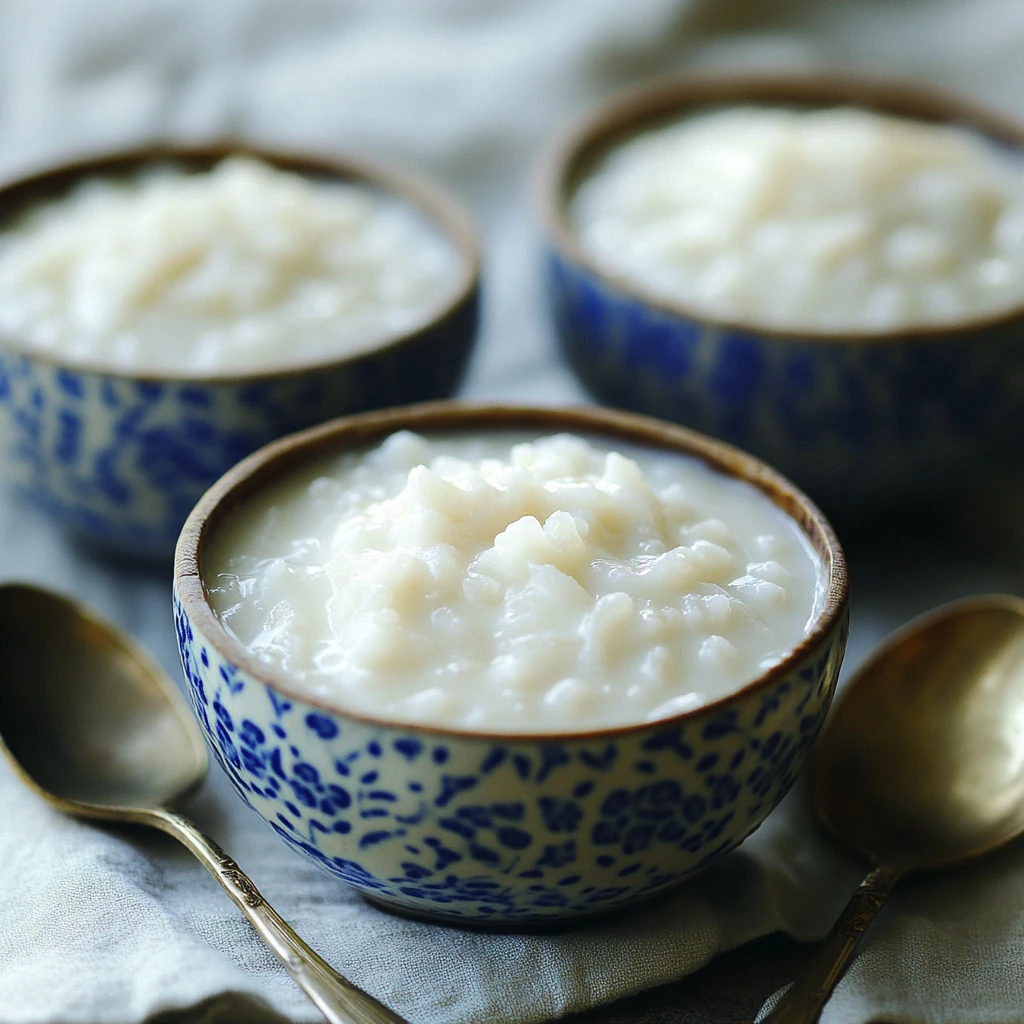

3. Use Proteins to Reinforce Texture
Eggs offer a powerful combination of emulsification, structure, and lift. For dairy-free or vegan products, alternatives like pea protein and aquafaba help maintain structure in foamed batters, allowing for volume without gluten.
Try this: Whipped aquafaba mousse with dark chocolate; dairy-free, gluten-free, and suited to chilled service.
4. Optimise Fat for Flavour and Function
Fats don’t just enhance richness. They bind moisture and slow staling. The choice of fat, coconut oil, almond butter, or cocoa butter, directly impacts melt, stability, and overall perception, influencing mouthfeel and shelf life.
Try this: Flourless chocolate cake using dark chocolate and butter; rich, moist, and reliable for heat-and-serve plating.

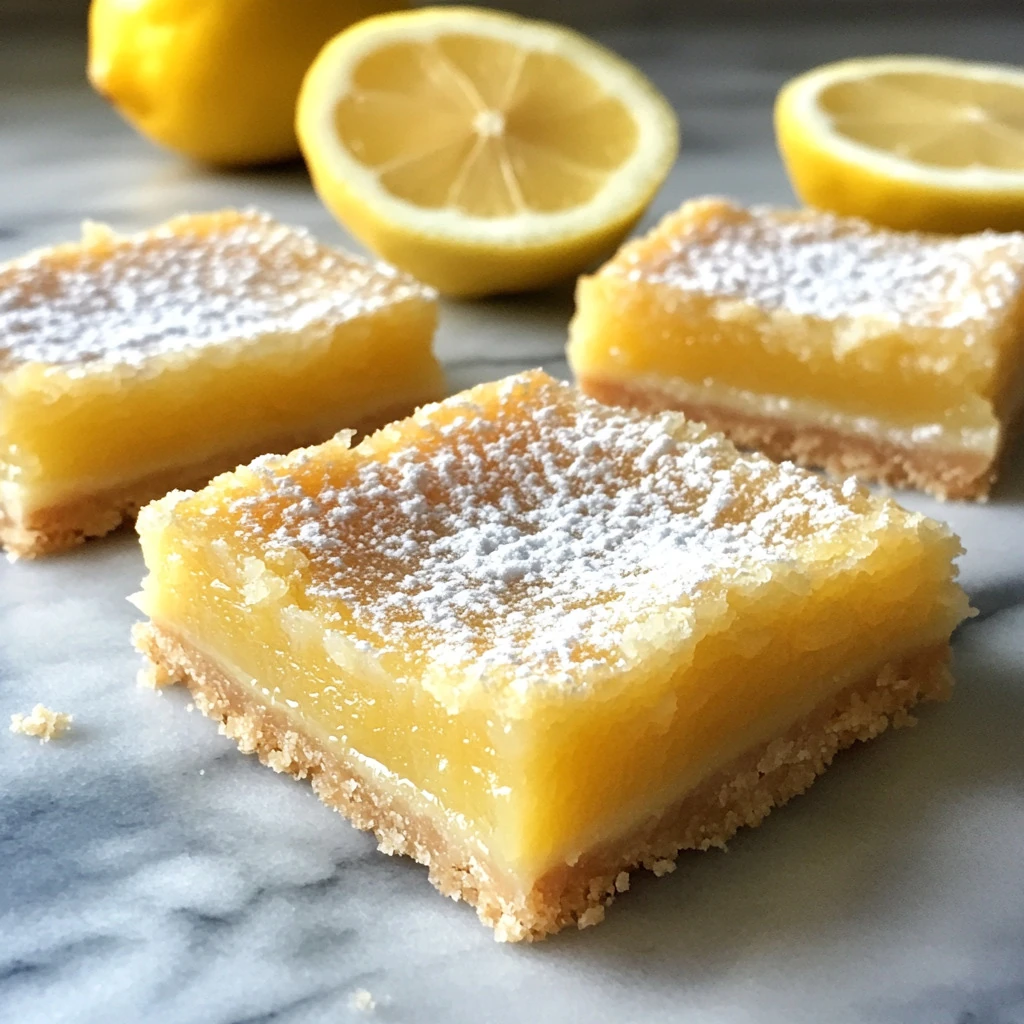
5. Balance Flavour with Acidity and Sweetness
Almond and coconut flours bring earthy notes that benefit from acidity. A dash of citrus or a touch of vinegar balances the profile, while natural sweeteners like coconut sugar support both flavour and texture. These combinations are key to flavour-forward gluten-free dessert recipes.
Try this: Gluten-free lemon bars with a rice flour crust and citrus filling. Bright, balanced, and freezer-friendly.
6. Embrace Naturally Gluten-Free Classics
Some desserts are naturally gluten-free! Pavlova, crème brûlée, and fruit meringues rely on eggs, sugar, and cream, no reformulation required. These are high-impact options that require minimal development time but deliver on visual and textural appeal.
Try this: Crème brûlée served with berries. Low-labour and naturally gluten free.
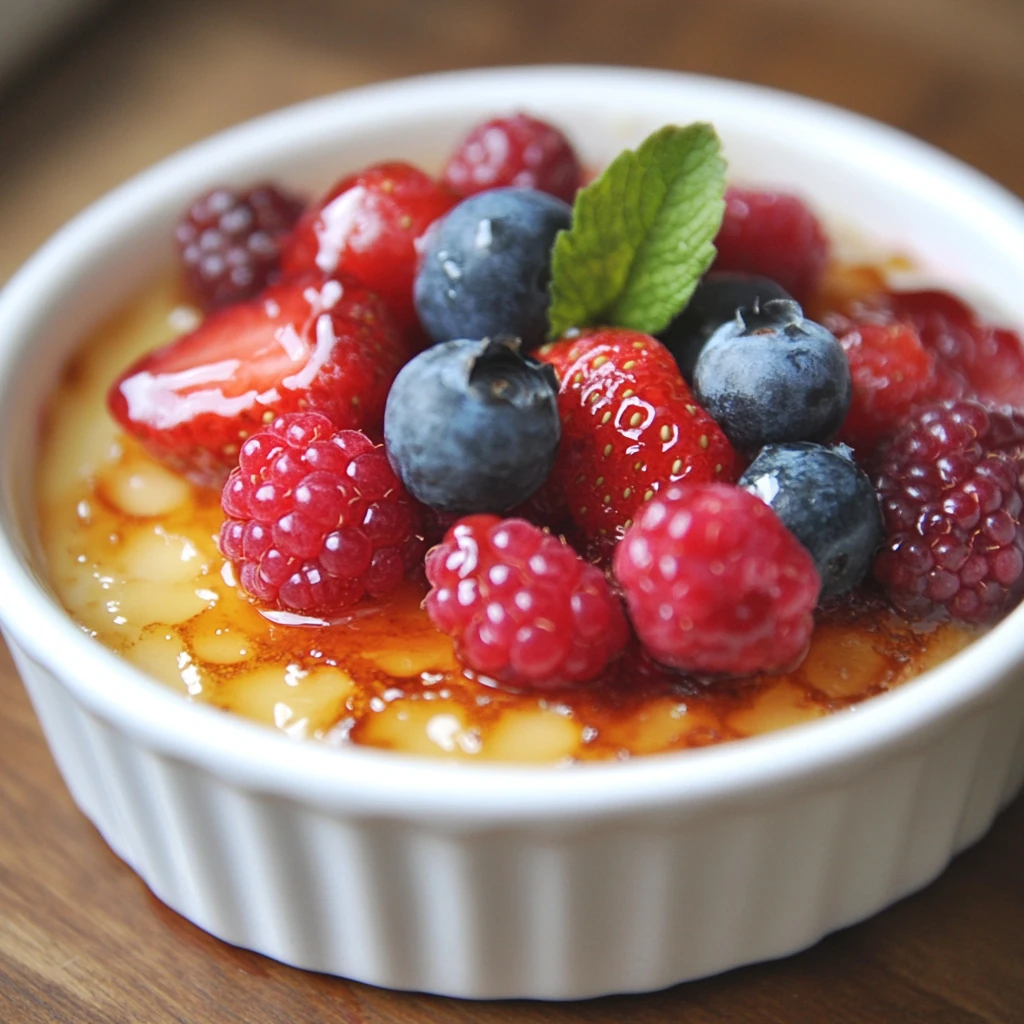
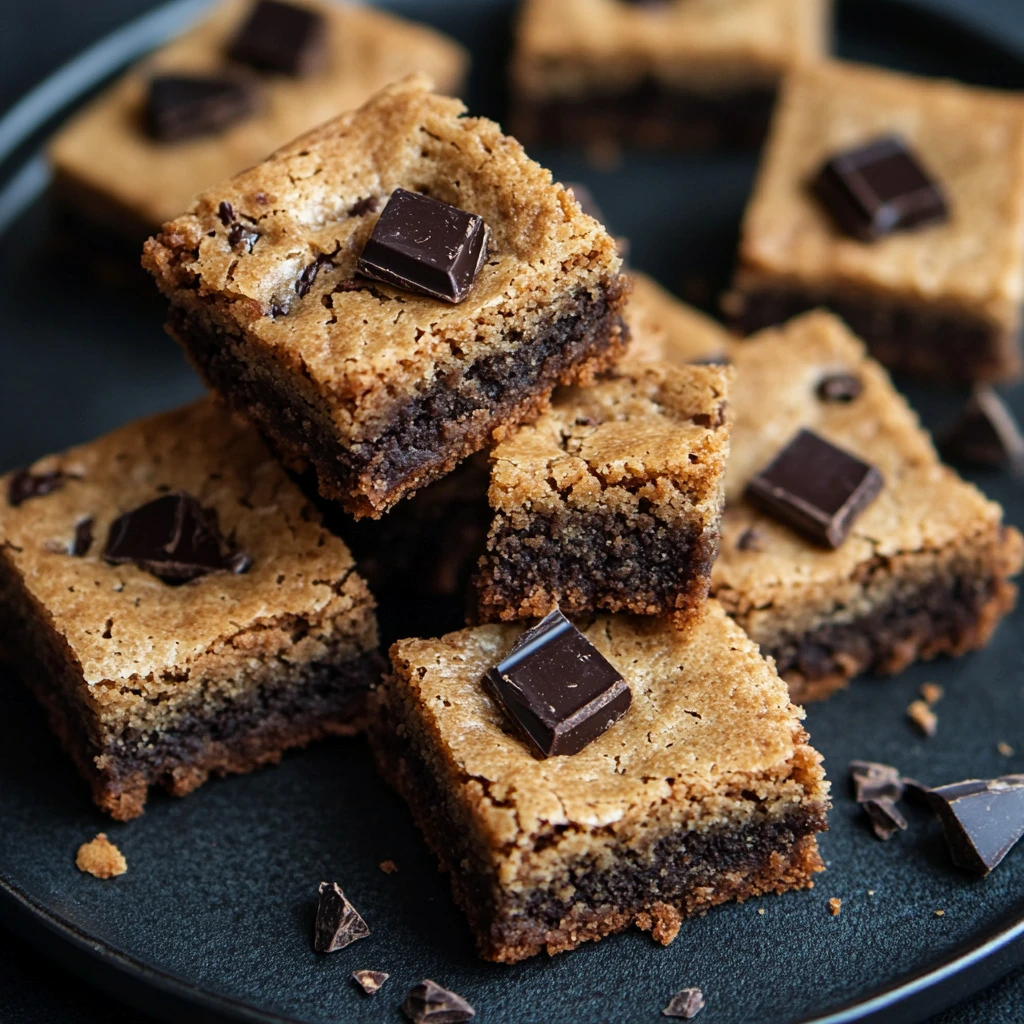
7. Innovate with Alternative Flours
Different flours bring different attributes. Almond flour adds fat, coconut improves lightness, and rice flour offers neutral flavour. Blending them can enhance texture (while staying label-friendly).
Try this: Almond flour blondies with chocolate chunks, dense, satisfying, and rich in natural sweetness.
8. Leverage Dairy-Free Alternatives
Many gluten-free consumers also follow dairy-free diets. Coconut cream, oat milk, and plant-based butters offer rich, creamy textures without allergens. These ingredients can support stabilised dairy-free fillings in both baked and no-bake formats.
Important to Note: Make sure to only use gluten-free-certified oat milk. Unless certified as such, oat milk may contain gluten due to cross contamination.
Try this: Sticky toffee pudding made with almond/oat milk and coconut oil; moist, indulgent, and scalable for frozen formats.
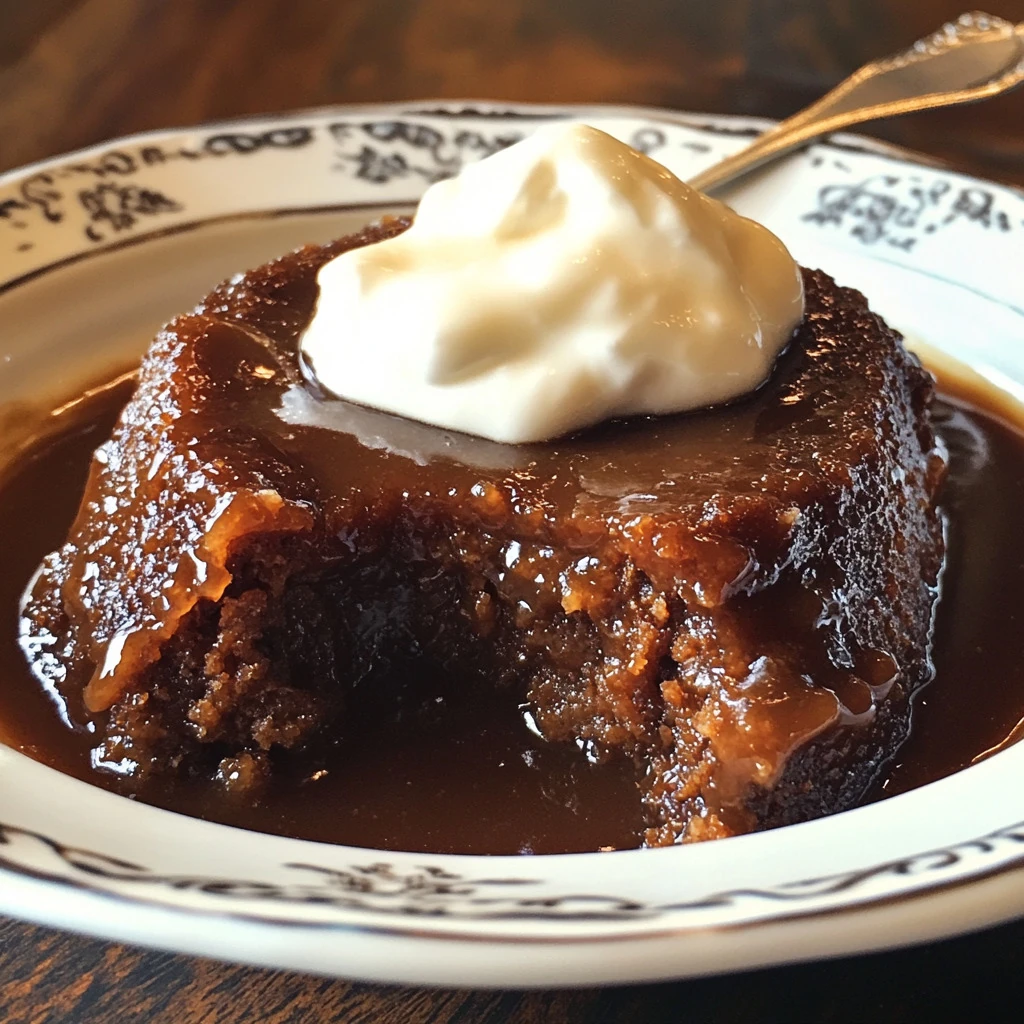

9. Focus on Texture and Mouthfeel
Consumers judge gluten-free desserts on bite and chew. Structure comes from fibres like psyllium or chia, and soft crumb from well-hydrated starches. These additions help simulate the elasticity gluten would normally provide.
Try this: Chocolate chip cookies with almond flour and a dash of psyllium for that crisp-edge, soft-centre combo.
10. Create Seasonally Relevant Desserts
Gluten-free doesn’t mean limited. Rotate flavour profiles with the season: apple and cinnamon in autumn, citrus and berries in spring. This keeps dessert offerings fresh and creates a reason to revisit.
Try this: Apple crumble with almond and oat topping, served warm with vanilla ice cream; a flexible option for any dinner party.
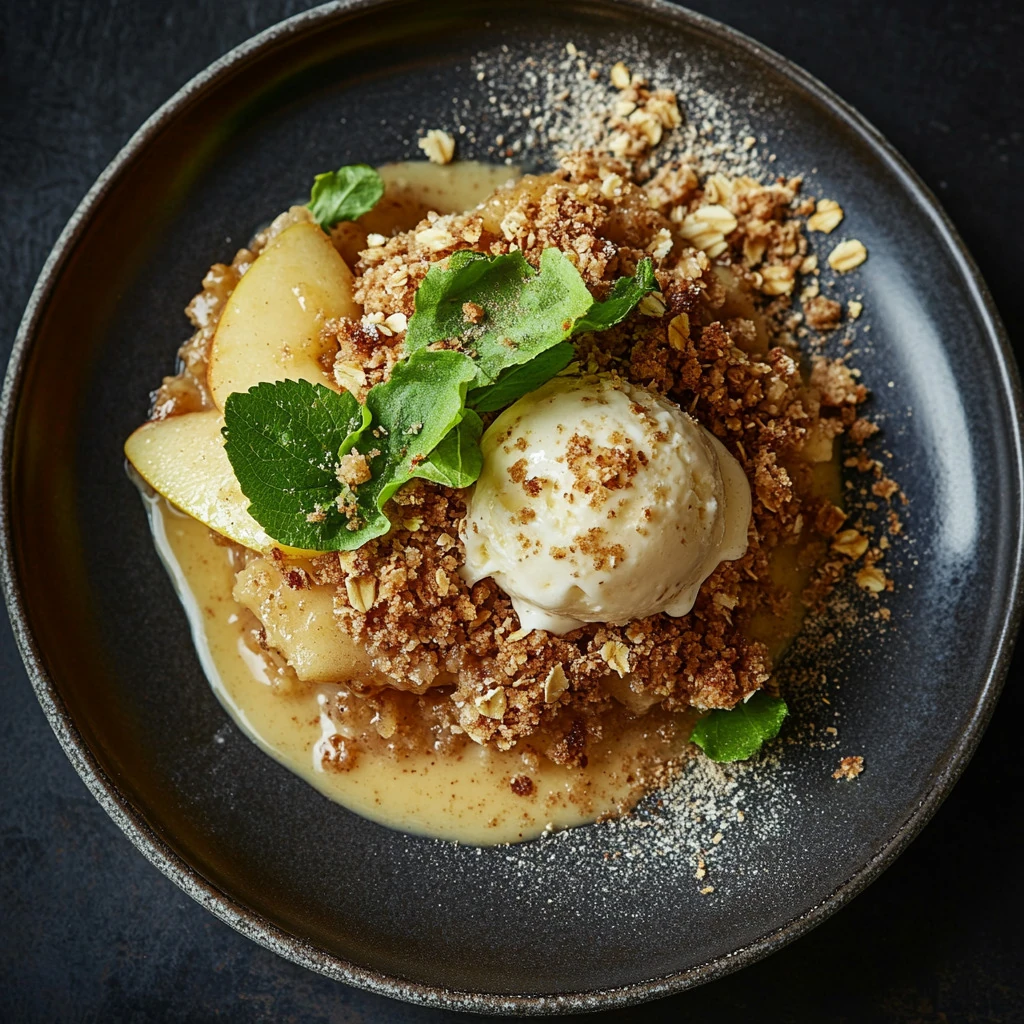
Final Thoughts
Creating gluten-free desserts that are functional, scalable, and satisfying is 100% achievable with the right formulation tools and creative applications. By combining structure-building ingredients with sensory balance and seasonal appeal, you can deliver standout results across menus and product ranges.
From ingredient functionality to format innovation, there’s plenty of room to differentiate. The key is approaching gluten-free not as a workaround, but as a formulation opportunity.
If you’re developing gluten-free desserts and want support with ingredient selection, formulation, or scale-up, get in touch with Uren’s product development team.



